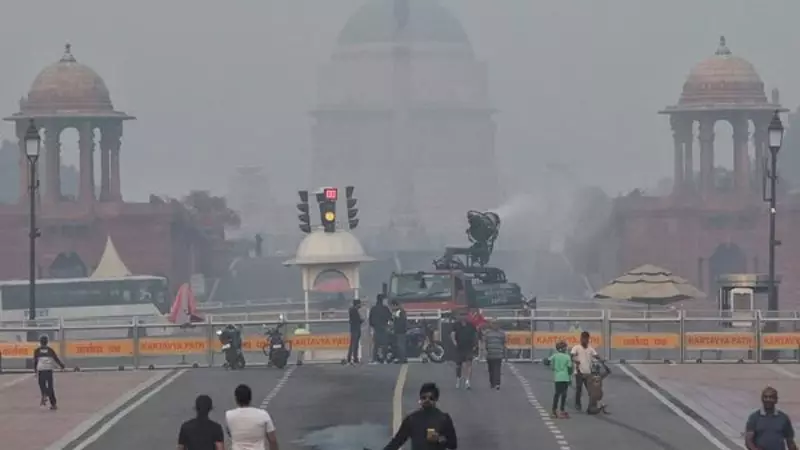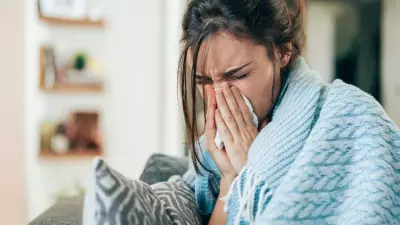
The National Capital Region woke up to a thick, hazardous blanket of smog on Monday, with air quality indices soaring into the 'Severe' category across multiple monitoring stations. The familiar winter villain—air pollution—has returned with a vengeance, pushing Delhi-NCR into a public health crisis.
A City Gasping for Breath
Data from the Central Pollution Control Board (CPCB) painted a grim picture. Multiple areas in Delhi, Noida, and Gurugram recorded AQI values well above 400, a threshold that categorizes air quality as 'Severe'. This level of pollution poses serious health risks not just to vulnerable groups like children, the elderly, and those with pre-existing conditions, but to the general population as well.
What 'Severe' AQI Means for You
When the AQI enters the 'Severe' zone, the air becomes a toxic cocktail of pollutants, primarily PM2.5 and PM10 particles. These microscopic particles can penetrate deep into the lungs and even enter the bloodstream.
- Health Impacts: Immediate health effects include irritation in the eyes, nose, and throat, triggering coughing, wheezing, and shortness of breath.
- Long-Term Risks: Prolonged exposure is linked to the development of serious respiratory and cardiovascular diseases, including asthma, bronchitis, and heart attacks.
- Advisory: Doctors strongly advise minimizing outdoor activities. If stepping out is unavoidable, wearing a good quality N95 or N99 mask is essential.
Why is the Air Quality So Bad?
The current airpocalypse is a result of a perfect storm of adverse conditions. While stubble burning in neighbouring states remains a significant contributor, it is not the sole culprit.
- Local Emissions: Vehicular pollution, dust from construction sites, and industrial emissions continue to choke the city.
- Meteorological Factors: Calm winds and low temperatures are trapping pollutants close to the ground, preventing their dispersion. This phenomenon is a classic hallmark of Delhi's winter pollution.
- Firecracker Aftermath: Despite bans, the residual pollution from firecrackers set off during recent festivals has further deteriorated the air quality.
What's Being Done?
Authorities have activated the final stage of the Graded Response Action Plan (GRAP). This includes:
- A ban on the entry of polluting trucks into Delhi.
- A halt on most construction and demolition activities.
- Consideration of further measures like odd-even vehicle rationing if the situation does not improve.
As the city navigates this annual environmental emergency, the call for robust, long-term solutions grows louder. For now, the immediate focus remains on damage control and protecting public health from the visible and invisible dangers lurking in the air.





